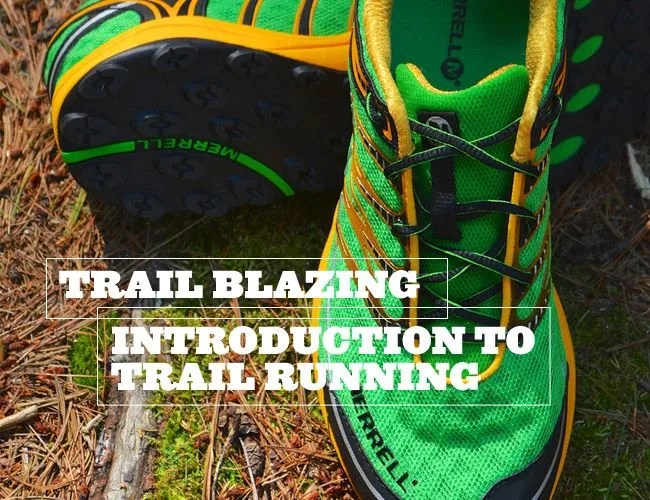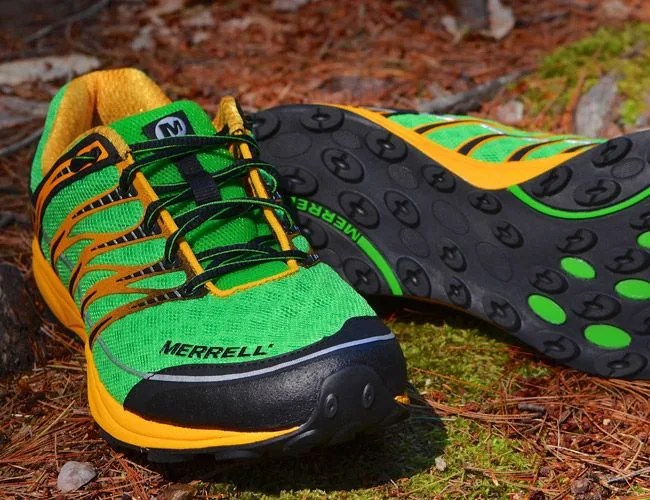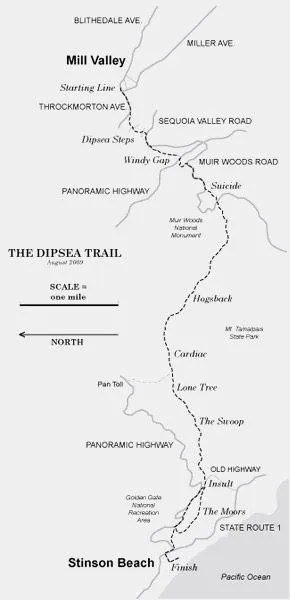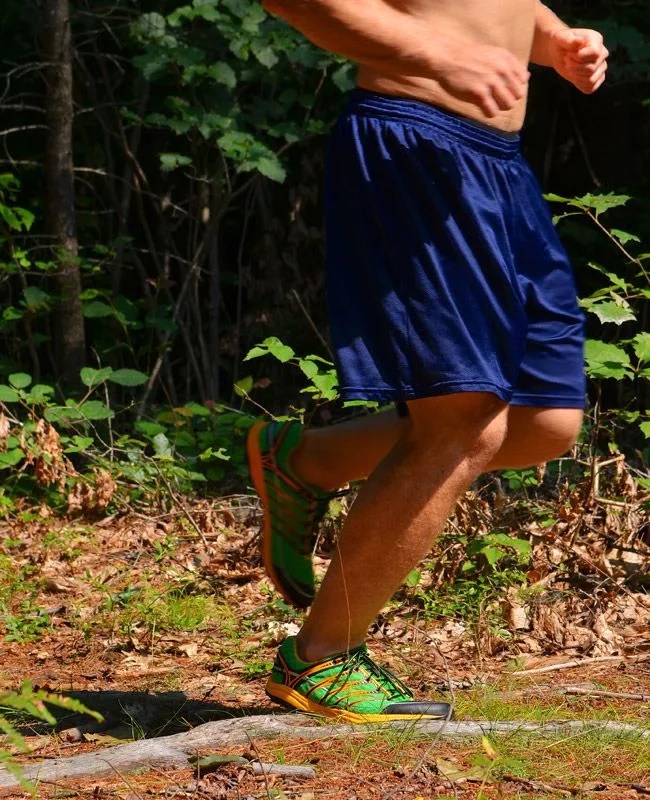Safety:
Safety is incredibly important when trail running and links in with our previous two points. Know where you’re going to run, how far, and roughly how long it might take you. Whether you’re running solo or with a friend, tell someone else where you’re going and roughly when you should be back. If you twist an ankle 3 miles into the woods, it’s really nice to know someone might come to look for you soon. Go with a buddy if you can; there’s a reason why the boy scouts, military, and most athletes work and train in pairs, it’s safer. If something goes awry, having someone else with you can literally be a life saver. Check the weather; there won’t be a Starbucks to duck into if thunderstorms blow in suddenly. This way you can bring a rain jacket if need be, and worse case head to the gym if the trail isn’t a possibility for the day. Bring more water than you think you need. There’s nothing worse than running dry with miles to go. Dehydration kills no matter what season it is. Companies like Camelbak make super light weight hydration bladder backpacks that you can carry a few liters of water in and some Clif Bars in for emergencies. They’re worth the affordable price.
Form:
Running form is something we’ve covered before in our article on “Barefoot Running.” You’re better off with a mid to fore-foot strike, taking short strides and allowing the musculature of your lower legs to absorb the impact of your steps. The key difference of trail running form is that you’ll need to be more aware and conscious of where each step goes. Keep your eyes looking in front of you for obstacles like roots and loose rocks that could easily make you take a fall. Pick your steps and tread lightly. You’ll find yourself even more engaged in your run than usual. It can be tiring, but it certainly won’t be boring.
Shoes:
Road running shoes aren’t going to cut it on the trail. Roots, rocks, mud, and detritus will all conspire against the slick soles of a road shoe and leave you stumbling and slipping your way through your run. You’re going to want a shoe that’s light, as the probability of your feet getting wet or caked in mud on the trail is higher — and the heavier they are dry, the more they’ll feel like concrete blocks when wet and muddy. A grippy aggressive sole is another must. It will provide traction for on all types of terrain, and allow you to run with confidence in your footing.
As with the shoe options for “Barefoot Running,” Merrell makes some excellent trail running shoes. We’re partial to their new Mix Master 2 ($110). At 8.1oz a shoe, they’re extremely light on the foot. They also have a 4mm drop between the heel and forefoot, providing a close to neutral ride for your foot. This helps when trying to run with a mid/forefoot strike, which we always strive to do. The Mix Master 2 is built on Merrell’s Float platform which provides improved ground feedback as it’s 10% thinner and 25% lighter than before. Lastly, they feature Merrell’s mixed sole with sticky rubber lugs for secure footing.
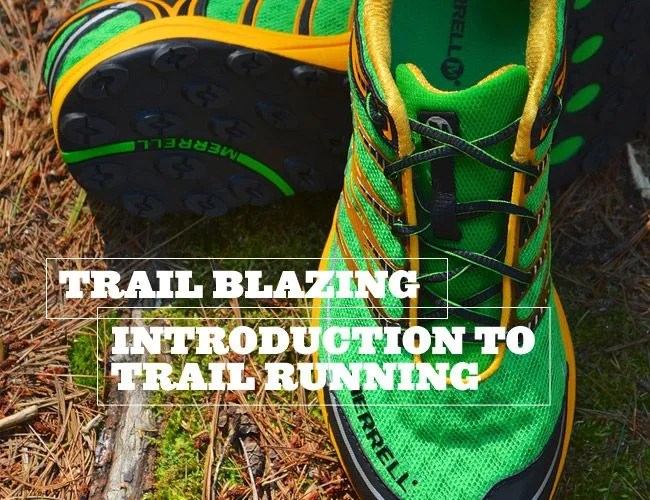 JG
JG
